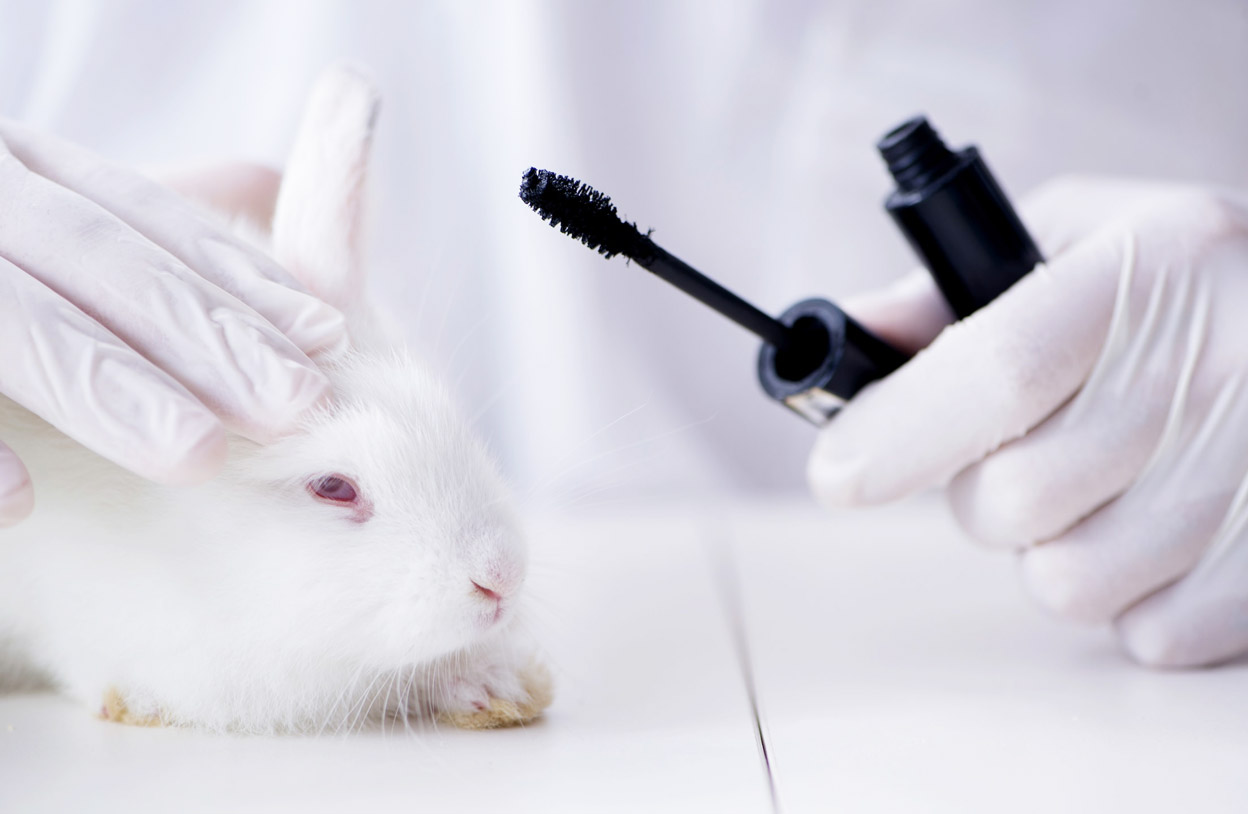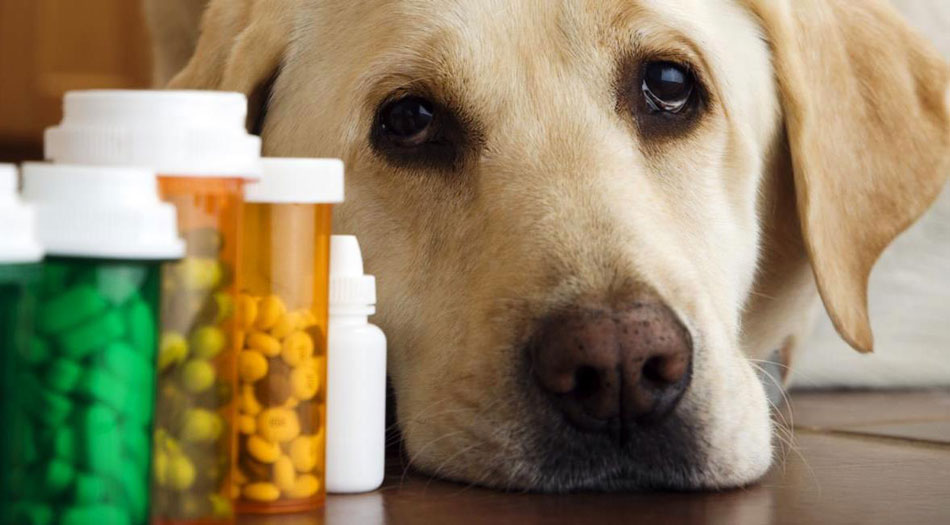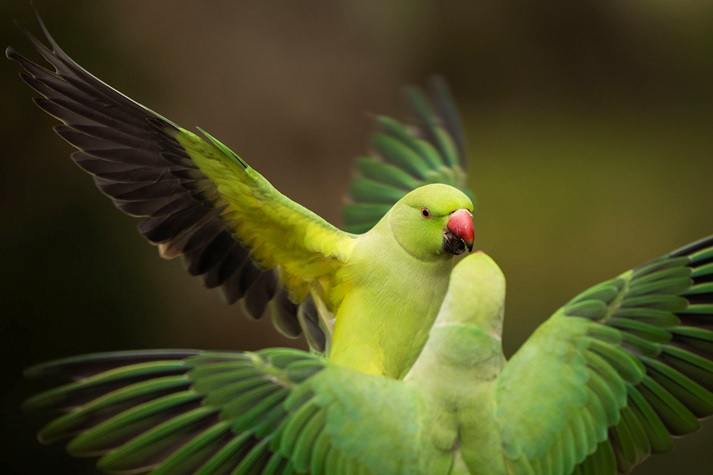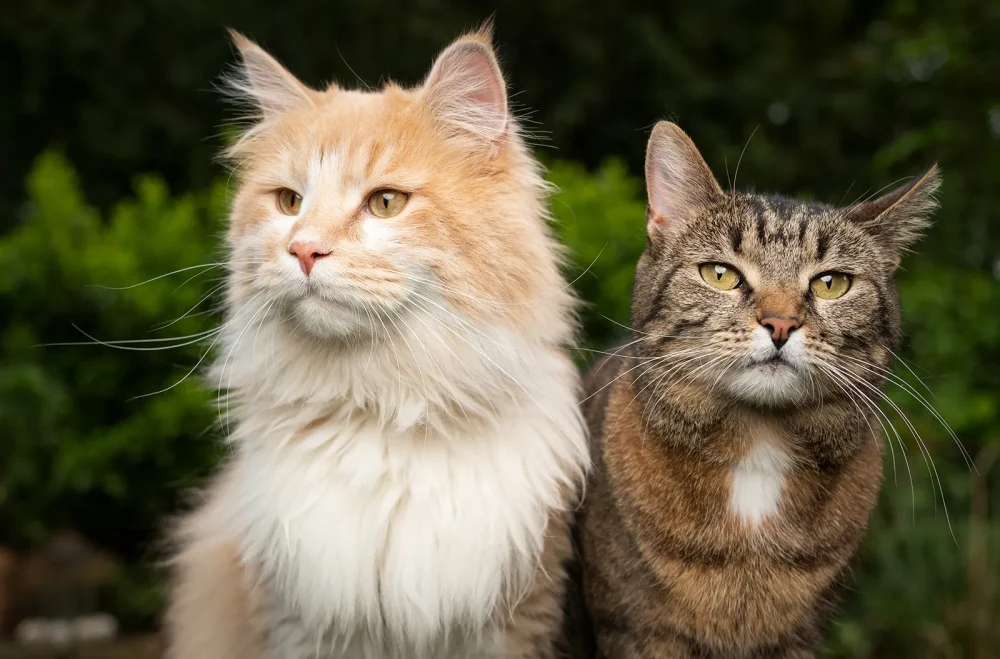The Extraordinary Realm of Animals: A Glimpse into Nature’s Magnificent Diversity

The animal kingdom is a vast and intricate tapestry of life that showcases the splendor and complexity of nature. From the tiny ant that tirelessly works within its colony to the soaring eagle that commands the skies, animals represent the varied and interconnected web of life on Earth. Their existence spans across land, sea, and sky, and their behaviors, adaptations, and roles within ecosystems contribute immeasurably to the health and balance of our planet. This article offers a closer look at the astonishing variety of animals, their significance in nature, and the ever-pressing need for their conservation.
The Remarkable Diversity of the Animal Kingdom
The animal kingdom, or Animalia, is home to millions of species, each uniquely adapted to its environment. Estimates suggest there are over 8 million species of animals, many of which remain undiscovered. These creatures vary not only in size and appearance but also in their biological structures, behaviors, and survival strategies. Animals can be broadly categorized into vertebrates, which have a backbone, and invertebrates, which do not, and each category holds a diverse array of life forms.
Vertebrates: Backbone-Bearing Wonders
Vertebrates include mammals, birds, reptiles, amphibians, and fish—groups that display fascinating traits and life cycles. Their defining characteristic is the presence of a spine, which provides structural support and houses the nervous system. Vertebrates are typically larger and more complex compared to their invertebrate counterparts.
-
Mammals: Mammals are warm-blooded animals with hair or fur and, with few exceptions, give birth to live young. From the majestic blue whale, the largest animal on Earth, to the tiny bumblebee bat, mammals exhibit extraordinary diversity. Among mammals, humans have had the most significant impact on the world, influencing ecosystems, shaping landscapes, and causing environmental change.
-
Birds: Birds are the only living descendants of dinosaurs, and their ability to fly has made them icons of freedom and exploration. With their feathers, beaks, and egg-laying reproduction, birds have adapted to nearly every environment on Earth, from the icy poles to the dense rainforests. Their migration patterns are legendary, with some species traveling thousands of miles each year in search of food and suitable breeding conditions.
-
Reptiles and Amphibians: Reptiles, such as snakes, lizards, and turtles, are cold-blooded creatures that have evolved to thrive in a variety of climates. Amphibians like frogs, salamanders, and newts have an equally unique biology, living part of their lives in water and part on land. Their dual existence links them to both aquatic and terrestrial ecosystems, making them vital players in maintaining environmental balance.
Invertebrates: Small Creatures, Big Impact
Invertebrates—those without a backbone—comprise the majority of the animal kingdom. From insects to jellyfish, these creatures may seem diminutive, but they are, in many ways, the engines of the natural world. Insects, in particular, are essential for pollination, decomposition, and maintaining food webs.
-
Insects: Insects are the most numerous and diverse group of animals. From the industrious ants that build complex underground colonies to the graceful butterflies that flit through wildflower meadows, insects are vital in almost every ecosystem. Bees, for example, pollinate approximately 75% of flowering plants, including many crops that humans rely on for food.
-
Marine Invertebrates: The oceans are teeming with invertebrates, including coral, jellyfish, and octopuses. These creatures often form the foundation of marine ecosystems. Coral reefs, often called “the rainforests of the sea,” are built by coral polyps, tiny marine invertebrates that provide habitat for thousands of species.
The Roles Animals Play in Ecosystems
Animals are not merely bystanders in the environment; they are key players in shaping the ecosystems they inhabit. Through a series of interrelated functions, animals help maintain the delicate balance of nature.
Pollination and Seed Dispersal
Many animals, particularly insects, birds, and bats, serve as pollinators, transferring pollen from one plant to another. This process is essential for the reproduction of flowering plants. Without pollinators, many crops would not exist, jeopardizing food sources for both humans and animals. In addition, animals such as birds and monkeys help disperse seeds, allowing plants to spread and colonize new areas.
Predation and Herbivory
Predators, such as lions, wolves, and eagles, play an important role in regulating animal populations. By keeping the numbers of herbivores in check, predators help maintain balance in ecosystems. Herbivores, in turn, contribute to the health of plant populations by controlling the growth of certain plant species and ensuring that no one species dominates the landscape.
Decomposition
Decomposers, including scavengers like vultures and insects such as beetles, break down dead organic material, recycling nutrients back into the ecosystem. Without these creatures, the world would be littered with carcasses and organic waste, disrupting the natural flow of energy and nutrients.
The Importance of Conservation
The importance of animals in maintaining healthy ecosystems cannot be overstated. However, many animal species face serious threats due to human activity. Deforestation, climate change, pollution, and overhunting are driving many species to the brink of extinction. The decline of these species has far-reaching consequences for biodiversity and ecosystem health.
Threats to Wildlife
-
Habitat Destruction: The expansion of cities, agriculture, and industrial development has led to the destruction of natural habitats. As forests are cleared and wetlands drained, animals lose the places they call home, making survival increasingly difficult.
-
Climate Change: Rising global temperatures are causing shifts in weather patterns, disrupting migration cycles and altering ecosystems. Species that are unable to adapt to these changes are at risk of extinction. Polar bears, for example, are losing their sea ice habitats due to global warming, affecting their ability to hunt for food.
-
Poaching and Overhunting: Illegal hunting of animals for their body parts, such as ivory from elephants or pelts from big cats, continues to threaten species around the world. Similarly, overfishing depletes marine populations and disrupts delicate aquatic ecosystems.
The Role of Conservation Efforts
Conservation is more important than ever. By protecting natural habitats, enforcing anti-poaching laws, and supporting sustainable practices, we can help safeguard the future of endangered species. Efforts such as wildlife reserves, captive breeding programs, and reforestation initiatives are essential in reversing the damage caused by human activities.
-
Wildlife Reserves and Sanctuaries: Protected areas provide safe havens for animals, allowing them to thrive without the pressures of human development. National parks and wildlife reserves are critical in maintaining biodiversity and providing opportunities for research and education.
-
Sustainable Practices: Sustainable agriculture, fishing, and forestry can help reduce the environmental impact on animal populations. By choosing products that are certified as sustainable, consumers can play a role in preserving ecosystems and the species that depend on them.
The Fascination of Animals: A Call to Action
Animals, in all their forms and capacities, remain one of the most fascinating aspects of life on Earth. They inspire awe and wonder through their beauty, intelligence, and intricate adaptations. However, as the world becomes more industrialized, the balance that supports their existence is being disrupted. It is imperative that we act—both through conservation efforts and personal choices—to protect the habitats and species that make up the vibrant mosaic of life on this planet. By doing so, we ensure that future generations can continue to marvel at the wonders of the animal kingdom, preserving not just the creatures themselves, but the health of the entire planet.









